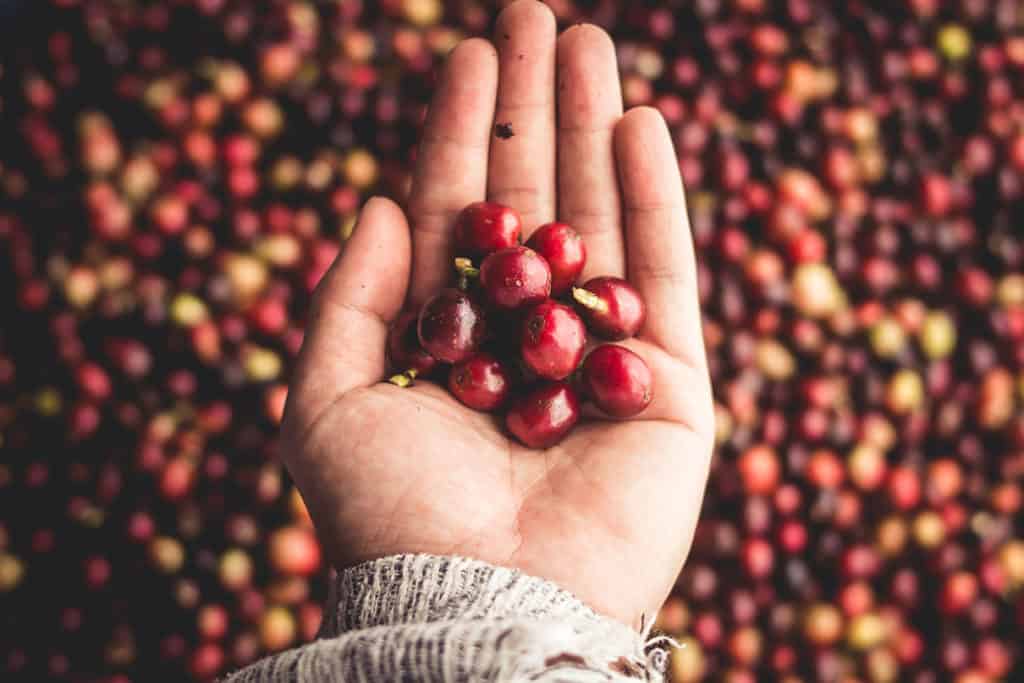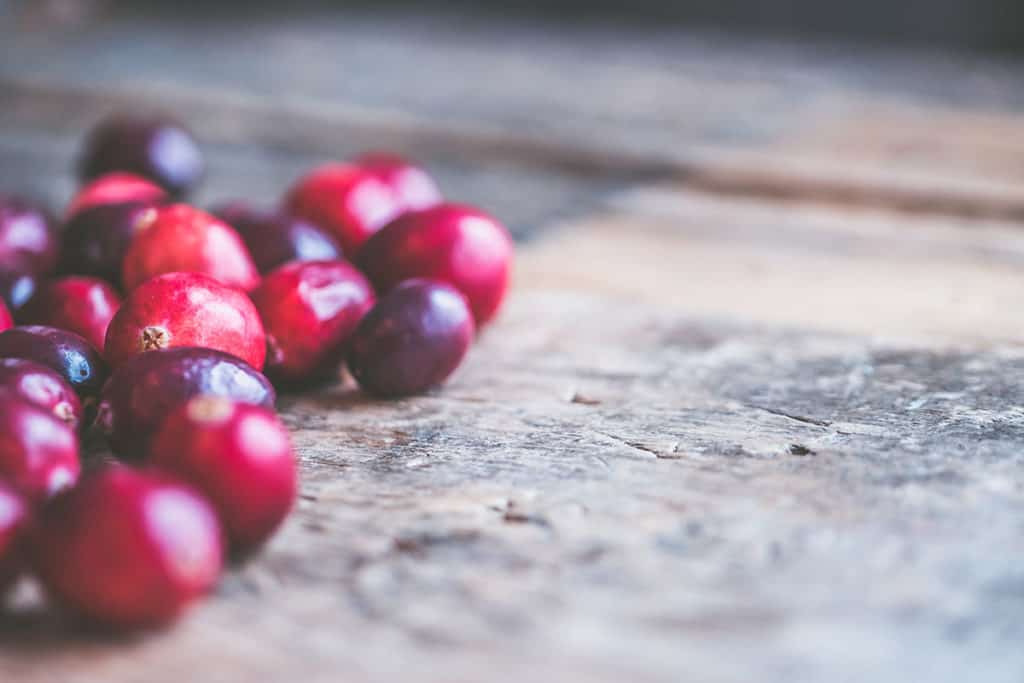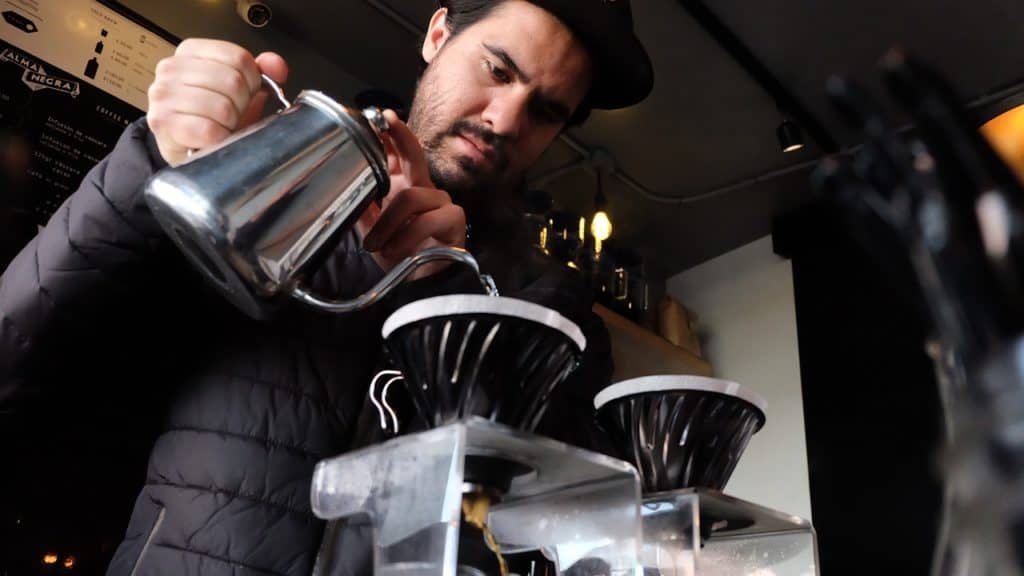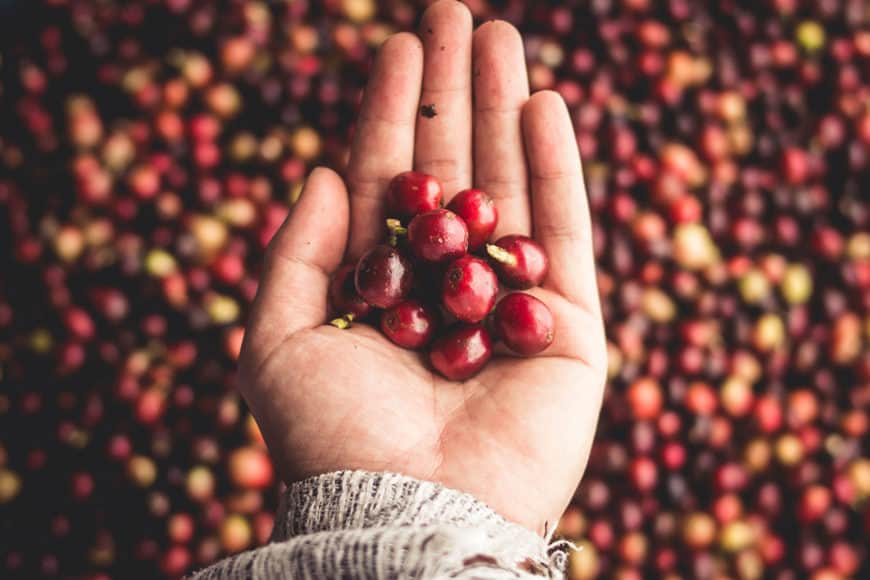
Coffee is a morning ritual for millions, and Mexico’s brews stand out with their rich, nutty, and chocolatey notes. As a coffee lover, I’m hooked on the complex flavors that come from Mexico’s southern highlands. With a history stretching back to the 1700s, Mexican coffee offers something special for every palate, whether you’re sipping a classic drip or pulling an espresso shot. Let’s explore its roots, growing regions, and what makes it a global favorite.
History and Cultivation of Mexican Coffee

Mexico’s coffee story begins in the late 18th century, when beans arrived from the Caribbean. By 1802, Veracruz was exporting small batches, with early planters like Father Andrés Domínguez in Teocelo helping spread cultivation. Coffee became a major export in the 1870s, peaking as Mexico’s top crop in the 1980s, valued at nearly $400 million annually today.
Most coffee grows in southern states—Chiapas, Veracruz, Puebla, and Oaxaca—where over 500,000 small farmers, 95% on plots under 7 acres, tend to 96% Arabica beans. Altitudes of 1,000–2,200 meters, volcanic soils, and tropical climates create ideal conditions.
The harvest runs from November to May, peaking in December–February. Farmers hand-pick cherries, sorting only the ripest for processing. Wet-processing (washing) dominates, used for 90% of beans, enhancing bright acidity, while some farmers experiment with natural or honey methods for fruitier notes.
Shade-grown practices, common in Oaxaca and Chiapas, support biodiversity by planting coffee under native trees. This contrasts with sun-grown monocultures elsewhere, preserving ecosystems like cloud forests. However, challenges like coffee rust, which devastated 70% of farms in 2012–2013, and climate change threaten yields.
Since 2016, farmers have adopted rust-resistant hybrids like Catimor and Marsellesa, boosting recovery. Sustainability efforts, backed by groups like Cafecol in Veracruz, focus on organic farming and fair trade, ensuring farmers earn fair wages.
Key Coffee-Growing Regions and Their Flavors
Mexico’s coffee regions each bring distinct flavors, shaped by altitude, soil, and climate. Here’s a detailed look at the top four, which produce 90% of Mexico’s coffee.
- Chiapas: Producing 40% of Mexico’s coffee, Chiapas borders Guatemala’s Huehuetenango, sharing similar terroir. Grown at 1,300–1,700 meters near Tacaná Volcano, its Arabica beans (Typica, Bourbon, Caturra) offer medium body, bright acidity, and notes of dark chocolate, hazelnut, and tropical fruit. In 2024, Chiapas’ Zoque cooperatives in Ocotepec gained attention for organic honey-processed beans, prized for caramel sweetness.
- Veracruz: Accounting for 25% of production, Veracruz’s coffee grows at 1,100–1,600 meters in the Sierra Madre Oriental. Altura Coatepec, from near Coatepec, is famous for its buttery texture, moderate acidity, and flavors of milk chocolate, roasted nuts, and red fruits like blueberries. Veracruz leads in tech, with farmers spacing trees precisely to boost yields. In 2025, its Mountain Water Process gained traction, a chemical-free decaf method using Pico de Orizaba’s glacier water.
- Puebla: Contributing 15%, Puebla’s Sierra Norte, near Popocatépetl, grows coffee at up to 2,200 meters. Its beans (Mundo Novo, Garnica) have complex flavors—vanilla, nutmeg, citrus, and cacao—with medium body and balanced acidity. Puebla’s lesser-known status makes it a hidden gem, but 2024 saw rising demand for its organic lots in specialty markets.
- Oaxaca: Producing 11%, Oaxaca’s Sierra Madre del Sur, at 900–1,650 meters, yields Pluma coffee with light acidity, creamy body, and notes of caramel, lime, and nuts. Shade-grown under pine and oak, it’s eco-friendly. In 2025, Oaxacan farmers in Santa María Ozolotepec expanded natural processing, adding berry-like flavors to exports.
Smaller regions like Nayarit, with Typica beans since the 1860s, are gaining notice for floral notes, while Guerrero’s Atoyac area offers bold, spicy profiles.
Classifications and Coffee Plants in Mexico
Mexican coffee is graded by altitude and quality, with three main categories:
- Bueno Lavado: Grown below 3,000 feet, it’s mild with light body and delicate aroma, often used in blends.
- Prima Lavado: From 3,000–3,600 feet, it’s 70–80% of production, with pleasant flavor, good acidity, and solid body.
- Altura (High-Grown): Above 3,600 feet, it’s premium, labeled “Strictly High Grown” or “Fancy,” with bold aroma and full body.
Peaberry and Geisha varieties, grown in specialty farms like Finca Santa Cruz in Chiapas, add rare floral and fruity notes but are less common. Mexico grows 96% Arabica, with varieties like Typica, Bourbon, Caturra, Mundo Novo, Maragogype, Catimor, Catuai, Garnica, and Marsellesa. Robusta, used for instant coffee, is 3–4% of production, mainly in lowlands.
Coffee trees grow 12–18 feet, with glossy leaves lasting 3–5 years. White flowers bloom briefly, and cherries ripen in 6–7 months, turning red. Ideal conditions include 55–96°F, high humidity, and volcanic soils rich in organic matter.
Chiapas Coffee in Focus
Chiapas coffee stands out for its quality and complexity. Grown at 1,300–1,700 meters near Tacaná Volcano, its Arabica beans offer chocolate, nut, and fruit notes with bright acidity and a creamy body. The region’s fertile soil and heavy rainfall create a smooth texture. Over 50% of Chiapas’ coffee is organic, and fair trade groups ensure fair farmer wages. Recently, the Organización de Productores Zoques A.C. cooperative in Ocotepec became a model for chemical-free cultivation, exporting to Europe and the U.S. Chiapas’ 2023 output of 1.4 million bags made up 40% of Mexico’s total, rivaling Guatemala’s finest.
Farms like Finca Hamburgo, founded by German immigrants in 1888, blend tradition with innovation, using Typica and Bourbon varietals. Chiapas’ coffee often earns Cup of Excellence scores above 85, reflecting its premium status. Its balanced profile suits espresso, drip, or cold brew, with some farmers experimenting with anaerobic fermentation for jazzy, wine-like flavors.
Brewing and Cultural Significance

Mexican coffee culture is as rich as its beans. Café de olla, brewed in clay pots with piloncillo (unrefined cane sugar) and cinnamon, is a staple in Oaxaca and Chiapas. Some add orange peel for citrus zest, enhancing nutty notes. In Veracruz, lechero—coffee poured with steaming milk at cafés like La Parroquia—is a beloved ritual. These traditions showcase Mexico’s love for coffee as a social and sensory experience.
Brewing methods highlight Mexican beans’ medium roasts. Drip coffee makers bring out their light body, while French press or cold brew emphasizes chocolatey depth. A 2025 trend is torrefacto roasting, where sugar glazes beans for a bold, caramelized flavor, popular in Puebla. Mexican coffee also shines in recipes, from coffee-rubbed steaks to tequila-spiked cocktails with spicy kicks.
Challenges and Future Trends
Mexico ranks 10th globally, producing 3.87 million bags in 2023, but coffee is only 5% of agricultural GDP, employing 18% of the workforce. Leaf rust, which hit hard in 2012–2013, and climate change, with rising temperatures reducing yields by 10% since 2000, are ongoing threats. Rust-resistant hybrids like Catuai, adopted widely since 2016, have helped Puebla’s Sierra Norte increase yields by 10% in 2024.
Social media buzzes with Mexican coffee pride. X posts favor Chiapas’ smoothness over Veracruz’s acidity, though Veracruz fans tout its chocolatey depth. Specialty coffee is booming, with brands like BUNA and Marino offering sustainable blends for $10–$20 per bag. Mexico imports half its consumed coffee, favoring robusta for instant brews, but urban demand for Arabica grows, with 1.3 million bags consumed domestically in 2023.
Economic challenges persist. Small farmers earn $1–$2 per pound, while global prices fluctuate, dropping to $1.80 recently. Fair trade and organic certifications, covering 30% of exports, help, but only 10% of farmers have full organic status due to certification costs. Women, making up 30% of coffee workers, are gaining visibility through groups like Café Femenino, which doubled its Chiapas membership in 2024.
Table: Mexican Coffee Regions and Flavors
| Region | Altitude (m) | Flavor Notes | Body | Acidity |
|---|---|---|---|---|
| Chiapas | 1,300–1,700 | Dark chocolate, hazelnut, fruit | Medium, creamy | Bright |
| Veracruz | 1,100–1,600 | Milk chocolate, nuts, red fruits | Medium, buttery | Moderate |
| Puebla | 1,500–2,200 | Vanilla, nutmeg, citrus, cacao | Medium | Balanced |
| Oaxaca | 900–1,650 | Caramel, lime, nuts | Creamy | Light |
This table summarizes the unique profiles of Mexico’s top coffee regions.
Final Thoughts
Mexican coffee is a treasure, blending centuries-old traditions with bold, diverse flavors. From Chiapas’ creamy chocolate notes to Oaxaca’s citrusy sweetness, each region offers a distinct cup. Sustainable practices and small-scale farming make it a feel-good choice, while café de olla and lechero add cultural charm. Whether brewing at home or visiting a

